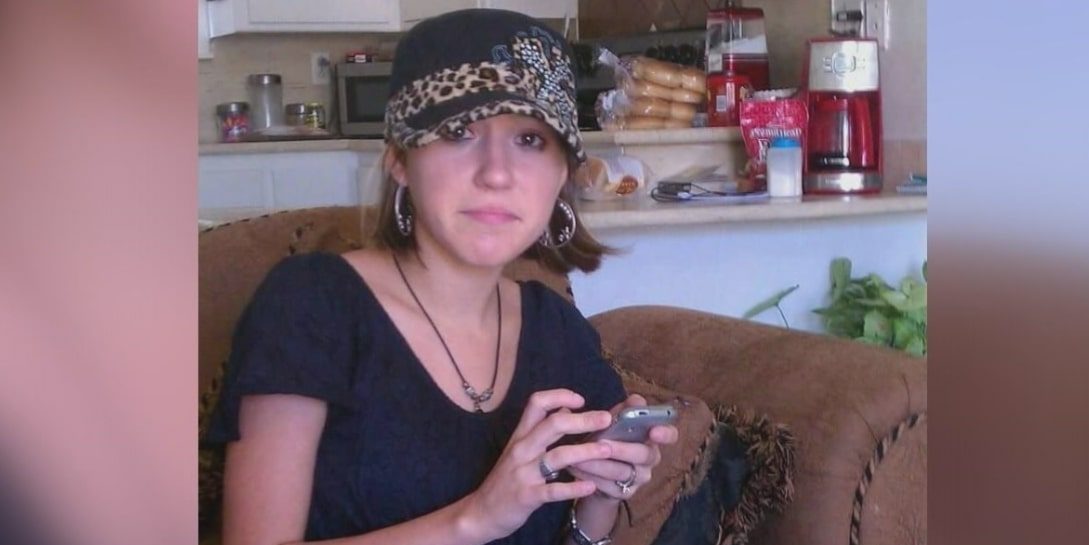In May 2016, the disappearance of Rhonda Chantay Blankinship, a young resident of Brownwood, Texas, sparked widespread panic. Both the community and law enforcement worked tirelessly to uncover the truth, but months went by without answers. A breakthrough came when a detective discovered a new method to analyze the DNA evidence collected from the scene, and it ultimately made significant progress in the case. The episode of NBC’s ‘Dateline’ titled ‘The Haunted House Confession,’ explores the details of the murder and the investigative work that led to the capture of the perpetrator.
Rhonda Chantay Blankinship’s Family Raised an Alarm When She Didn’t Return From Her Walk
Rhonda Chantay Blankinship was born on November 19, 1990, to Michelle McDaniel. While little is known about her father, she grew up in a loving and supportive family of seven siblings and was surrounded by her grandparents and extended family. Living in Brownwood, Texas, she had a fulfilling childhood and attended Brownwood High School, where she graduated in 2010. She had been diagnosed with Autism Spectrum Disorder as a child and faced challenges such as a speech disability and an inability to drive or live independently. However, she managed her daily activities well, and those around her never hesitated to offer support—something she wholeheartedly reciprocated.

Rhonda was known for her warm smile and kind-hearted nature, spreading love to everyone she met. Coming from a deeply religious family, she was actively involved in her church and its various activities. She also had a deep appreciation for the outdoors and could often be seen skating or simply walking while listening to music. By 2016, she had been living with her grandfather for a while, and on the evening of May 13, she told him she was going out for a walk and would return soon. As night fell, she called to assure him she was on her way back—but she never arrived. Concerned, her family immediately contacted the police, and word of her disappearance quickly spread.
The community came together to search for Rhonda in all possible locations. On May 15, 2016, two neighbors who had volunteered to help went to an abandoned house about five miles from her neighborhood. There, they noticed strands of hair and a rubber bracelet, and upon looking inside, they discovered her remains covered in blood. The 25-year-old was found lying face down, wearing only a T-shirt. An autopsy later determined that she had been strangled, but the primary cause of death was blunt force trauma to the head. Investigators also found a shoe imprint on her chest and a blood-covered lawnmower at the scene. DNA evidence consistent with sexual assault was collected, and it gave the police hope that it would help identify her killer.
The Killer Remained Free For 18 Months After Her Murder
The police requested DNA samples from men in the community to compare them with the evidence recovered from Rhonda Chantay Blankinship’s remains. However, no matches were found. They then uploaded the DNA profile into the CODIS system, but it still yielded no leads. Investigators also pursued other avenues and questioned Rhonda’s family and friends, including her boyfriend, who was quickly ruled out due to a solid alibi. A $5,000 Crime Stoppers reward was offered, yet the case remained unsolved. It was then that a detective working on the case learned about DNA phenotyping while watching a true crime series and suggested using it to generate new leads in Rhonda’s case. This technology could provide valuable details about the suspect’s physical traits, such as eye color, hair color, skin tone, and even facial structure.

Using this, the police were able to generate a digital sketch of what Rhonda’s killer might look like. When they showed the image to her family, one of her brothers immediately pointed out that the man strongly resembled Ryan Derek Riggs. The latter was an acquaintance of Rhonda’s boyfriend, but she did not know him well. As investigators looked deeper into his background, they discovered that he lived in the same neighborhood and had been involved in illegal dumping in the area. With this information, the police obtained a warrant with a charge for the dumping case for him. However, when they arrived, his family reported that they had not seen him for over a week. The police were actively gathering more information on Riggs when, on November 15, 2017, he made a public confession at his church.
Accompanied by his parents, Riggs stood before the congregation and admitted that he was the one who had killed Rhonda. Following his admission, his pastor and parents drove him to the sheriff’s office, where he provided a full confession and detailed how he had committed the crime. He revealed that he had been at home when the police initially came to question him and knew he would be a suspect. He claimed he had contemplated taking his own life but ultimately decided to confess after God allegedly spoke to him. His DNA sample was tested and confirmed to be a match to the evidence found at the crime scene. Riggs stated that he committed the brutal act simply because he had “evil” within him and admitted that he targeted Rhonda because she was petite and he was confident he could overpower her. He was later tried and sentenced to life in prison for his horrific crime.
Read More: Irma Proctor: How Did Gloria Gaynor’s Sister Die? Who Killed Her?


